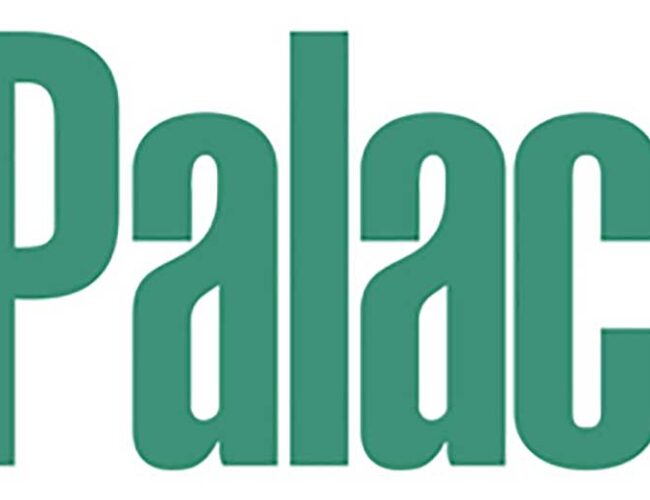The Siege of Santa Fe
BY MATTHEW J. BARBOUR
The Pueblo Revolt of 1680 was a pivotal event in New Mexico history. Under the guidance of a religious leader, Popay, Pueblo peoples of the Northern Rio Grande united and with their Apache and Ute allies drove out the Spanish. The center of this conflict focused on the siege of Santa Fe, which lasted for about eight days between August 13 and August 21.
During the siege, residents of the villa and surrounding communities retreated into the Palace of the Governors. Water to the Palace came by way of an acequia, which was cut off by Pueblo warriors surrounding the settlement. Governor Antonio de Otermín rallied the Spaniards and sallied forth to retake the village. However, he met with staunch resistance. After a hard-fought battle, Otermín drove the Pueblo warriors back but failed to destroy their forces. Fearing what might happen if he stayed in Santa Fe, he collected the Spanish settlers and retreated south to El Paso.
Evidence of this battle remains buried underneath Santa Fe Plaza even today. During excavations undertaken by me and my colleagues at the Office of Archaeological Studies between 2004 and 2011, we uncovered archaeological materials associated with the conflict, including seventeen flaked-stone projectile points (arrowheads), three gunflints, and two musket balls. All were found in a relatively small area, concentrated under the present-day plaza bandstand about four feet below the current ground surface.
While these materials are limited in number, they were found clustered around what appears to be a stone-lined ditch, possibly the acequia spoken of in the archival records. Nine of the seventeen projectile points display impact fractures, possibly breaking on contact with metal armor, flesh, or even bone. The three gunflints indicate the use of flintlock muskets. The bandstand is just south of the main entrance of the Palace of the Governors. It is quite possible that the artifacts were left behind when Otermín launched his desperate attempt to retake the village, and that they may mark the Spaniard’s initial firing line when they rode out to meet their Pueblo attackers.
The projectile points are especially intriguing for their mixture of different styles and material types. In addition to traditional Pueblo corner-notched points, they include small, triangular, unnotched points typical of the Apaches. The points were made from a variety of colored cherts and Jemez obsidian. Both of these lines of evidence suggest that the arrows shot at the Spanish were fashioned by many different peoples getting their stone from very different sources, which seems to conform to the historical record of a pan-Pueblo and Apache siege force attacking the Spanish.
The two musket balls are a bit of a conundrum: both display evidence of impact, which could suggest that they were fired by the Spanish at close range, but more likely, that they were fired at them, since they were found on the Spanish battle line with the projectile points. One of the balls measured approximately .36 caliber. It was initially interpreted to be from a pistol, but further reflection led us to believe it was shot. Shot was often loaded into muskets, especially when dealing with unarmored combatants. Although the use of European weaponry by Pueblo people seems out of place, historic accounts of the battle indicate that at least several of the rebelling Pueblo warriors rode horses and armed themselves with lances and firearms.
Taken together, the materials recovered thus far offer us a modest glimpse into the past. This glimpse does not challenge the established historic narrative. If anything, it supports what was written regarding the siege at Santa Fe, but it also adds to our understanding of the conflict. Having found these items, we know the exact location of at least a minor skirmish and possibly of a determinative battle. Also, we now have a basis on which to predict the depth below ground surface where materials may be found in the future, and what characteristics those materials may have. Last, discovering the physical remains of the conflict allows us to better engage the public about the battle and invite further discussion of the important role the siege of Santa Fe played in New Mexico history.
Matthew J. Barbour is the manager of Jemez Historic Site in Jemez Springs, New Mexico. He was formerly an archaeologist with the Office of Archaeological Studies in the New Mexico Department of Cultural Affairs.

